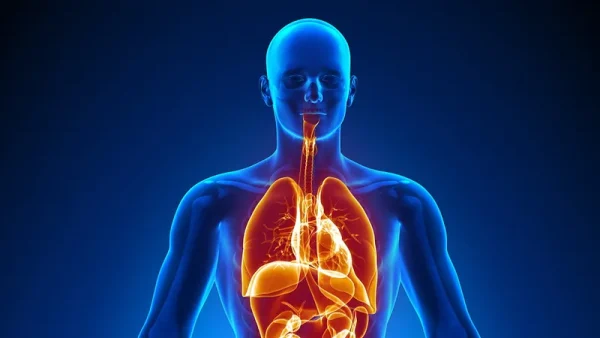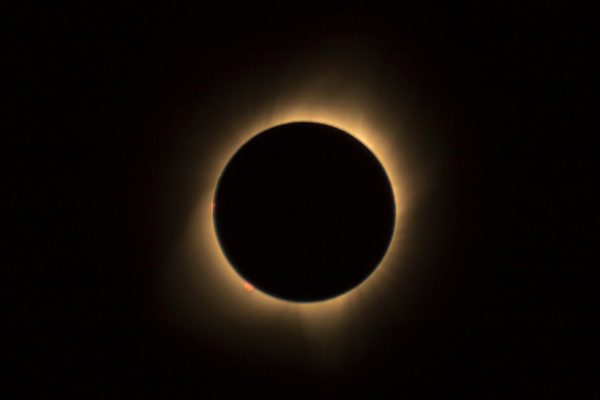Ozone Hole Shrinking
Picture of Earth’s ozone layer
Even though there is all sorts of bad news regarding the environment, there is some good news that is connected to Antarctica and the ozone layer above the continent. The earth orbiting Aura satellite recorded that the ozone hole shrank 20% in 2016 and still continues to shrink. Experts say it was because of the international ban on chlorofluorocarbons (CFCs), which are man made chemicals known to cause the breakdown of the O3 (ozone) molecules.
Dr. Susan Strahan, an atmospheric scientist at NASA’s Goddard Space Flight Center, told MACH, “it’s important that all the nations of the world continue to abide by the Montreal Protocol (and its amendments) that ban CFC production.” She also mentioned that the recovery will be a slow process because CFCs are long-lived molecules that stay in the atmosphere for decades. “We hope to see the O3 hole gone between 2060 and 2080.”
Scientists said that any rise in the ozone layer could cause major benefits. Since the ozone blocks out ultraviolet radiation from the sun there would be less risks of skin cancer, eye problems and premature aging.
Last November, 15,000 scientists from 184 countries issued a “Second Notice” to encourage the world community to take action against climate change and other environmental problems. In the midst of the the ozone research, Strahan told MACH that “Science and policy CAN work together to solve global problems.” The shrinking of the ozone hole serves as a great reminder that international efforts to protect the environment can greatly impact the world.
Although there are many stories promoting and exposing the negative environmental impact humans can have on the world, there is still some positive stories on how people can fight back to make earth a better place.











